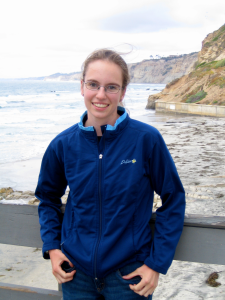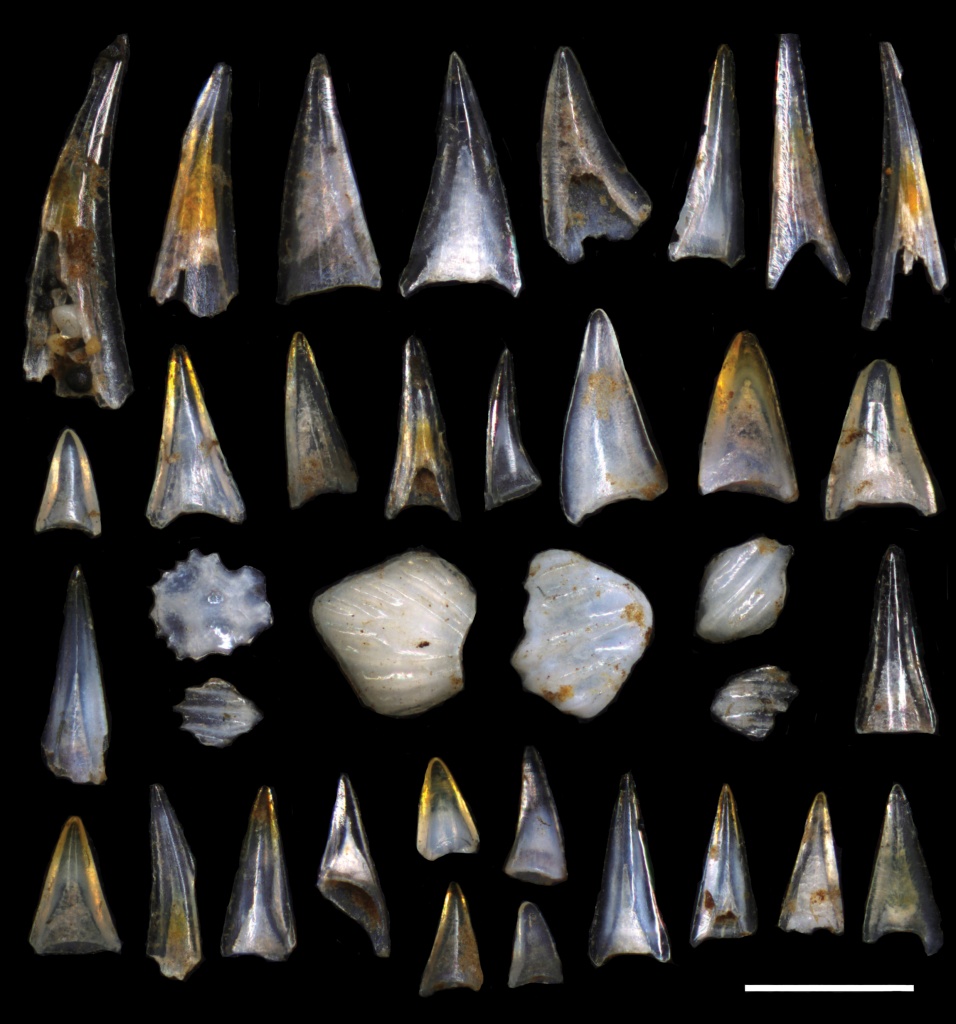
Welcome to the webpage for Elizabeth Sibert! This webpage is in the process of transitioning to the Paleo-Biological Oceanography Lab Webpage for my group at WHOI, please pardon the dust as the transition happens! My research asks the question “How does the ocean, and marine life, work, in the past, present, and future?” I am broadly interested in the evolution, structure, and function of marine ecosystems, and how these ecosystems respond to global change. I use a multi-proxy approach to study how the ocean ecosystems have changed through time, with a focus on responses to climate and biotic events in Earth’s more recent history, such as global warming and mass extinctions. I specialize in using ichthyoliths, tiny fossil fish teeth and shark scales found in pelagic sediments worldwide, which I then incorporate with myriad other climate and biotic proxies to better understand the ecosystem as a whole.
Research Opportunities: I am currently an Assistant Scientist at Woods Hole Oceanographic Institution, where I am setting up the Paleo-Biological Oceanography laboratory. If you are interested in research opportunities, please reach out via email – I’d love to hear from you! I am accepting PhD students for the Fall 2024 cycle. I also support undergraduate research opportunities. Please reach out to discuss, and consider applying to the WHOI SSF and/or Woods Hole PEP programs. If you are an undergrad with a disability interested in shark science, check out Accessible Sharks.
In addition to my research, I am passionate about making science and research accessible to folks with disabilities (see Kingsbury et al 2020, JGE, and Cooke et al 2020, EOS). I have also been discovering the fun of 3D printing, mostly fossils and other teaching aids. My lab space, which is currently under construction, will be the first accessible lab space built at WHOI, and will be available to any researcher in the area who needs such lab space. It includes a roll-under sink and fume hood, seated height counter space, ample open storage at a variety of heights, and numerous other accessibility features. Pictures to come once the space is complete. We realize that conflicting access needs exist, so if the space isn’t [yet] accessible to you, we’ll do our best make it so! Are you a disabled undergrad interested in STEM research? Check out Accessible Sharks, a research experience for undergraduates that I am helping with this summer! https://accessiblesharks.wordpress.com/.
I am also a founder and co-organizer of Pal(a)eoPERCS, a weekly virtual seminar series that spotlights the global community early career researchers in Pal(a)eo-sciences.
I’ve always loved the ocean, from the moment I first learned of the creatures that could live their lives underwater. What captured my imagination at first was the animals themselves, and as I dug deeper into their biology, I learned that life in the oceans was intricately linked to the physical, geological, and chemical properties of the ocean itself, and I am fascinated by how these links work together to create the ocean world that we see today.
My previous positions include Associate Research Scientist (2022-2023) and Hutchinson Postdoctoral Fellow (2020-2022) at Yale University, hosted by Celli Hull, and Junior Fellow in the Harvard Society of Fellows (2016-2020). I completed my PhD in Oceanography in 2016 at Scripps Institution of Oceanography, under the guidance of my fantastic advisor, Dick Norris.
My CV (woefully un-updated) is available here, and you can also find me on Google Scholar.
You can contact me at esibert [at] whoi [dot] edu
Official WHOI Profile
Official Yale EPS Profile
Official Harvard EPS Profile
You can find me on Twitter @ElizabethSibert and on GitHub as esibert
